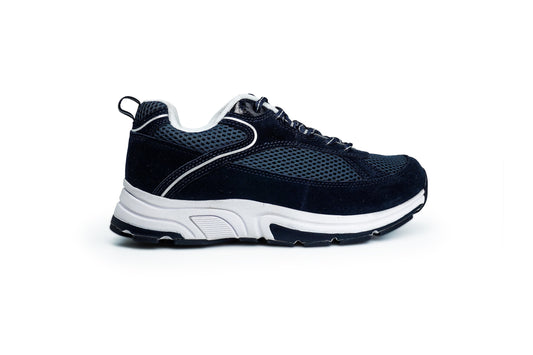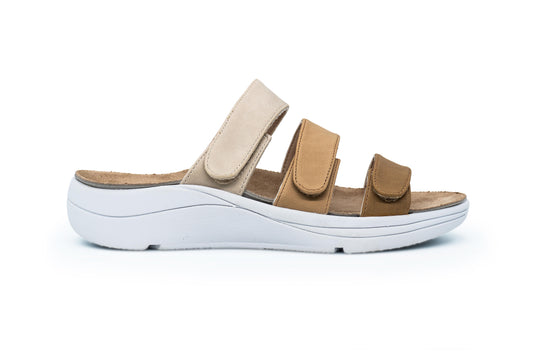Battling Toenail Fungus: Causes, Challenges, and Treatment Options
There's nothing quite like the feeling of wiggling your toes in the sand and slipping on a pair of sandals during warm weather. However, if you're dealing with thickened, yellowish nails, you might prefer to keep your toes covered.

In this post, we'll explore the causes, challenges, and different treatment options for toenail fungus.
Why Do Toenails Fall Victim?
Toenails are often the ones that bear the brunt of this issue, although fingernails can also be affected. It's interesting how our habits, such as wearing shoes, can contribute to a sweaty and damp environment. This environment becomes an ideal breeding ground for fungi, yeasts, and moulds that naturally live on our skin.
Understanding the Spread of Toenail Fungus
Dr. Abigail Waldman, a dermatologist at Harvard-affiliated Brigham and Women's Hospital, explains that exposure to different types of fungi, especially dermatophytes, can happen in environments such as locker rooms, spas, swimming pools, or even during a pedicure at a nail salon. At first, a fungal overgrowth can infect the space between the toes, leading to an athlete's foot and eventually spreading to the toenails.
Addressing the Difficulties in Treatment
Treating toenail fungus can be quite challenging because of the tough and thick texture of nail tissue. It can be quite challenging for topical antifungal creams and oral medications to effectively penetrate the nails. In addition, the gradual growth of toenails and the relatively low metabolic activity of nail tissue play a role in the extended duration of treatment.
Treatment Options:
1. Home Remedies
- Try soaking your toes in a mixture of vinegar and warm water.
- Another option is to try using Listerine, as it contains thymol, which has antifungal properties.
- You can try using antifungal substances, like a paste made from crushed garlic or over-the-counter drugstore products.
2. Products Available Without a Prescription

Tea tree oil and Vicks VapoRub, which contain thymol and essential oils, are widely used and well-liked by many people. For the best possible outcome, make sure to apply these products right after soaking.
3. Laser Therapy
Laser therapy is a treatment option that aims to eliminate nail fungus by targeting and breaking down the affected tissue. It has shown promising results, with reported clinical cure rates ranging from 60% to 75%.
4. Tips for After Treatment
- To prevent the spread of fungus, it's important to use different toenail clippers for infected and non-infected nails.

- If you're feeling a bit self-conscious about the way your nails look, you might want to try using nail polish for short periods of time.
- After your treatment, it's important to consider getting a comfortable new pair of shoes to prevent any chance of reinfection.
- To keep those pesky fungi at bay, make sure to regularly soak your feet in diluted vinegar. This simple routine can work wonders in preventing any lingering infections.
Dealing with toenail fungus can be a long-lasting battle. However, by using the appropriate treatments and taking proper care afterwards, there is a good chance of alleviating symptoms and improving the look of your toenails. Whether you prefer trying out home remedies or seeking advice from a healthcare professional for prescription options, it's important to take proactive measures to effectively combat toenail fungus.
If you're looking to stay ahead of the game and ensure your feet stay pain-free, DiabeticShoe.in is the ultimate destination for all your foot health needs.
Take a look at our collection of Prescribed Orthotics for more information.








